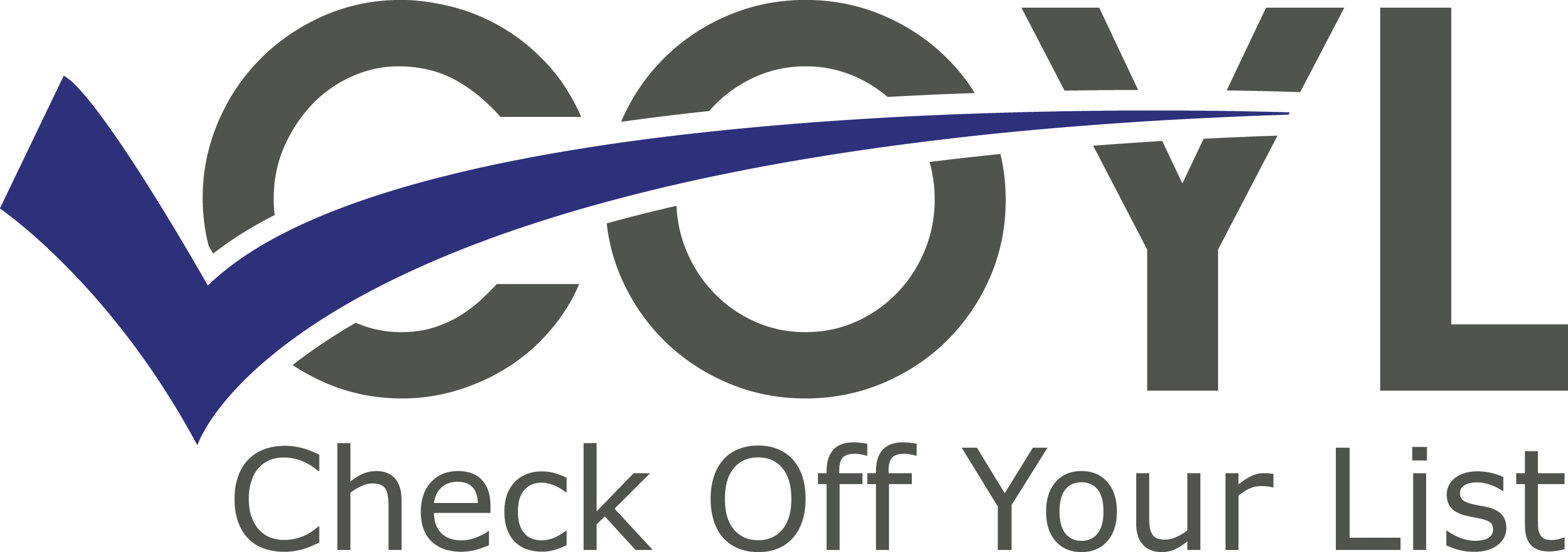Bookkeeping might not be the most exciting item on your to-do list, but it’s definitely one of the key things that can make or break your success. Whether you’re a small business owner, entrepreneur, realtor, or loan officer, having an effective bookkeeping system is important for achieving financial clarity and operational success. In this guide, we’ll explore the essential elements of a successful bookkeeping system.
Foundation of a Successful Bookkeeping System
Initial Setup
The first step towards a successful bookkeeping system is building a solid foundation. Imagine constructing a skyscraper; the whole structure is at risk without a robust base. Similarly, the initial setup is crucial in bookkeeping. This involves choosing the right accounting software tailored to your business needs, establishing a consistent chart of accounts, and setting clear financial goals.
A well-planned setup ensures every financial transaction is documented accurately from day one. Avoid the temptation to put off this task; in the future, you will thank yourself for starting on the right foot. Not only does this save you time, but it also prevents confusion when it’s time to analyze financial data or prepare for tax season.
QuickBooks Online *COYL RECOMMENDED*
QuickBooks Online is one of the most widely used accounting software solutions for small to medium-sized businesses. Its user-friendly interface allows users to easily manage invoicing, expenses, and financial reporting. With robust features like automatic bank tracking and integration with various applications, QuickBooks Online helps streamline bookkeeping processes efficiently.
Xero
Xero is another popular choice, known for its clean interface and real-time collaboration features. It provides tools for invoicing, payroll, and expense tracking, making it ideal for businesses that require multi-currency capabilities or work across different regions. Xero’s extensive app marketplace further enhances its functionalities.
FreshBooks
FreshBooks is designed primarily for service-based businesses and freelancers, offering simple invoicing and time-tracking capabilities. Its focus on user experience makes it easy to manage client interactions and projects, all while providing insightful financial reports to guide business decisions.
Zoho Books
Zoho Books is part of the larger Zoho suite and is tailored for small businesses looking for a comprehensive accounting solution. It includes features like automated workflows, inventory management, and project tracking, along with strong collaboration tools for teams working remotely.
Precise Tracking
Once your foundation is laid, it’s time to focus on precise tracking. This involves meticulously documenting every transaction, whether it’s a payment received, an invoice sent, or an expense incurred. Precision in tracking ensures that your records are accurate and up-to-date, providing a clear picture of your business’s financial health.
Consider implementing a routine where you set aside time each day or week to update your financial records. This habit helps prevent errors and makes it easier to identify patterns, spot discrepancies, and make informed financial decisions.
Use the bullet points below as a framework to construct your tracking structure:
- Set a specific day each week for financial updates.
- Track expenses right in your bookkeeping app.
- Review bank statements and receipts regularly.
- Categorize your spending to identify patterns.
- Allocate time each month to analyze your financial progress.
Clarity Through Organization
Streamlined Accounts
With the basics in place, the next step is organizing your accounts for clarity. A streamlined chart of accounts simplifies financial reporting, making it easier for you to understand where your money is coming from and where it’s going. By categorizing your income and expenses, you can quickly identify areas of growth and opportunities for cost-cutting.
An organized chart of accounts also simplifies tax reporting. When tax season rolls around, you’ll know exactly where to find the information you need, saving you time and stress. Consider working with a fractional accountant to ensure your chart of accounts is optimized for your specific business needs.
If you’re planning on creating your own charts, use the following to help guide you:
- Create a clear structure: categorize accounts by type (assets, liabilities, income, expenses).
- Use consistent naming conventions for easy identification.
- Regularly update and review accounts to reflect any business changes.
Ease of Access
An effective bookkeeping system should be as easy to access as your favorite coffee shop. Intuitive structure and accessibility mean you can quickly find the information you need, whether you’re preparing a financial report or checking your cash flow.
Ease of access isn’t just about convenience; it’s about empowerment. When your financial data is easily accessible, you’re in a better position to make informed decisions that drive your business forward. Explore ways to enhance accessibility, such as using cloud-based accounting software that lets you access your finances anytime, anywhere.
Consistency is a Key Element of Success
Structured Processes
Consistency is the bread and butter of any successful bookkeeping system. Establishing structured processes for data entry ensures that your records are accurate and reliable. From categorizing expenses to reconciling accounts, uniform procedures minimize errors and streamline your bookkeeping tasks.
Create a checklist of standard operating procedures. This not only helps maintain consistency but also ensures that anyone involved in your financial operations follows the same guidelines, reducing the risk of discrepancies.
Regular Reviews
Just as you wouldn’t drive a car without regular maintenance, you shouldn’t manage your finances without regular reviews. Routine checks help maintain accuracy, allowing you to catch errors before they become costly mistakes. Regular reviews also provide an opportunity to assess your financial health and make necessary adjustments.
Schedule monthly or quarterly reviews of your financial statements. Use this time to analyze key metrics, such as profit margins and cash flow, and compare them against your goals. These reviews are an excellent opportunity to identify trends, evaluate the effectiveness of your strategies, and make data-driven decisions.
Make Monthly Reconciliation Part of Your Bookkeeping System
Reconciliation is a critical aspect of accurate bookkeeping. Regularly reconciling your bank statements with your recorded transactions ensures accuracy and helps catch discrepancies early. This process involves comparing your bank statement with your financial records to confirm consistency.
Reconciling accounts payable and receivable involves ensuring that your recorded liabilities and assets match the actual amounts owed or received. Regular reconciliation minimizes the risk of errors and provides a clear picture of your outstanding obligations and incoming funds.
Develop a routine for reconciling all accounts, ideally aligning with your monthly financial reviews. This practice not only enhances accuracy but also supports effective cash flow management by ensuring that payments and receipts are recorded promptly.
Keep the following points in mind when establishing your routine:
- Set a Schedule: Reconcile bank statements and accounts payable/receivable monthly for financial oversight.
- Gather Documents: Collect all relevant financial records, including bank statements and invoices.
- Compare and Investigate: Cross-check transactions against bank statements, and resolve any discrepancies found.
- Review and Document: Update financial records and maintain detailed documentation for future reference.
Collaboration with Financial Experts
Collaborating with financial experts provides guidance and insights into optimizing your bookkeeping system. Financial professionals offer valuable perspectives on industry trends, regulatory changes, and best practices. Their expertise supports sound decision-making and enhances the credibility of your financial operations.
Fractional Accounting
As your business grows, handling finances on your own can become overwhelming. Hiring a fractional accountant can provide the expertise you need without the commitment of a full-time employee. Fractional accounting offers access to professional financial management while allowing you to focus on running your business.
Consider these steps when transitioning to fractional accounting:
- Identify your specific financial needs and challenges: Use tools like surveys or financial assessment questionnaires to pinpoint areas that need attention.
- Research and select a reputable fractional accounting service: Utilize platforms like Google Reviews, Yelp, or specialized accounting service directories to find and compare options.
- Communicate your goals and expectations clearly to your accountant: Consider using project management tools like Trello or Asana for organized communication and goal tracking.
- Regularly review your financial metrics with your fractional accountant: Employ financial software like QuickBooks or Xero to generate reports and dashboards for effective discussions.
This approach not only enhances your financial management but also allows for greater flexibility and scalability as your business evolves.
Conclusion
Ready to take your bookkeeping system to the next level? Explore our resources and connect with our team for personalized guidance and support. Click here





